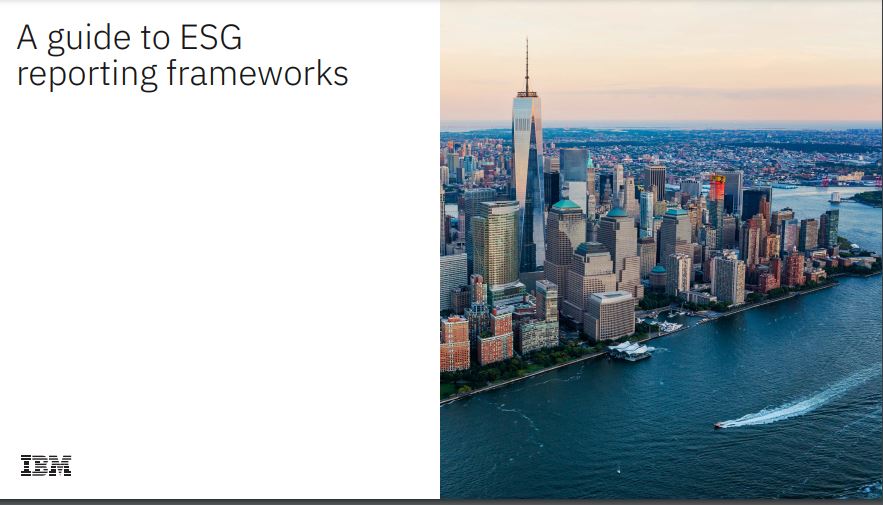Top 10 tips for green IT
We run down the top 10 ways to cut energy use and green up your business technology.

With increasing pressure on companies to be more environmentally friendly from shareholders, the Government and the public staff at every level are being forced to learn new green skills, and IT managers are by no means exempt.
The IT industry is currently responsible for around two per cent of greenhouse gas emissions. That's the same as the aviation industry, but IT's emissions are growing at a much faster rate. BT alone uses 0.7 per cent of the UK's electricity supply.
Reducing the environmental impact of an IT department is no easy task, and the effectiveness of many common strategies is dubious, to say the least. Carbon offsetting, for example, may appease customers and give the marketing department something to show off, but the real-world benefits are debatable. So, what can be done? Here are ten strategies that really work.
1. Teleconferencing
Teleconferencing has been around for decades, and videoconferencing has come on leaps and bounds in the last few years. Despite this, though, tens of thousands of people fly to meetings abroad every day.
The benefit of face-to-face conversation is undeniable, but modern, high-definition videoconferencing has brought remarkable clarity to what was once a flaky technology, and the price is falling rapidly.
For international companies, investment in multiple videoconferencing rooms or just renting the rooms from Cisco could save hundreds of tons of carbon emissions every year, and pay for itself in travel savings within a year. Overall IT spending and energy consumption may rise, but the bigger picture reveals significant savings.
Get the ITPro daily newsletter
Sign up today and you will receive a free copy of our Future Focus 2025 report - the leading guidance on AI, cybersecurity and other IT challenges as per 700+ senior executives
2. Ditch paper
The phrase "paperless office" is inextricably linked with 1970s Tomorrow's World' episodes, but the idea has made little progress towards the mainstream. The undeniable fact is that people still work with print outs everyday, and printers are one of the biggest offenders as far as office energy users go.
Around 40 per cent of those currently in use need to be manually turned off, but regularly aren't. Paper is also an environmentally-draining product, requiring the felling of trees and the use of huge quantities of bleach. Sourcing recycled paper, making duplex printing the default, and investing in printers that automatically power down are easy first steps.
Better still, a PIN-based collection system encourages staff to only print what is necessary and keeps logs to highlight heavy-use areas.
3. E-documents and online tools
Another approach is to reduce the need for staff to print documents at all, by making online experiences better. Internal tools, if badly designed, will steer people towards paper alternatives, so design them better. For example, holiday request forms are printed out in their hundreds every year in most offices, only to be read by HR, entered into a database and disposed of. A one-off investment in a well-designed online tool possibly built into the existing intranet will eventually yield large savings, and the same can easily apply to customer facing services.
"30 per cent of our online banking customers are enrolled in paperless statements. Needless to say, that's a significant expense saved for us," Catherine Palmieri, managing director of Citibank.com, was quoted as saying at the recent Green IT conference in London.
-
 AI is helping bad bots take over the internet
AI is helping bad bots take over the internetNews Automated bot traffic has surpassed human activity for the first time in a decade, according to Imperva
By Bobby Hellard
-
 Two years on from its Series B round, Hack the Box is targeting further growth
Two years on from its Series B round, Hack the Box is targeting further growthNews Hack the Box has grown significantly in the last two years, and it shows no signs of slowing down
By Ross Kelly
-
 Beyond the upgrade: How to maximize IT investments and minimize waste
Beyond the upgrade: How to maximize IT investments and minimize wasteHow to maintain optimal performance and productivity with your fleet of hardware and stave off the next upgrade cycle for a bit longer
By ITPro
-
 Energy efficiency and sustainability demands are transforming IT strategy
Energy efficiency and sustainability demands are transforming IT strategywhitepaper How Dell Technologies innovations are leading the way in energy effiency and sustainability
By ITPro
-
 Energy efficiency and sustainability demands are transforming IT strategy
Energy efficiency and sustainability demands are transforming IT strategywhitepaper How Dell Technologies innovations are leading the way in energy effiency and sustainability
By ITPro
-
 Your guide to smarter printing: 2024 edition
Your guide to smarter printing: 2024 editionWhitepaper Making smarter printing simple for all businesses
By ITPro
-
 How to empower employees to accelerate emissions reduction
How to empower employees to accelerate emissions reductionin depth With ICT accounting for as much as 3% of global carbon emissions, the same as aviation, the industry needs to increase emissions reduction
By Fleur Doidge
-
 How much say does IT really have in sustainability initiatives?
How much say does IT really have in sustainability initiatives?ITPro Network Vendors are ready to proclaim their green credentials, but as members of the ITPro Network explain, making changes on the ground can be complex
By Jane McCallion
-
 ESG: Designing the ideal digital work experience for the next generation of innovators
ESG: Designing the ideal digital work experience for the next generation of innovatorsWhitepaper What users want, why it's critical to give it to them, and how the whole organization can benefit
By ITPro
-
 A guide to ESG reporting frameworks
A guide to ESG reporting frameworksWhitepaper Guidelines to assist with your approach to ESG reporting
By ITPro